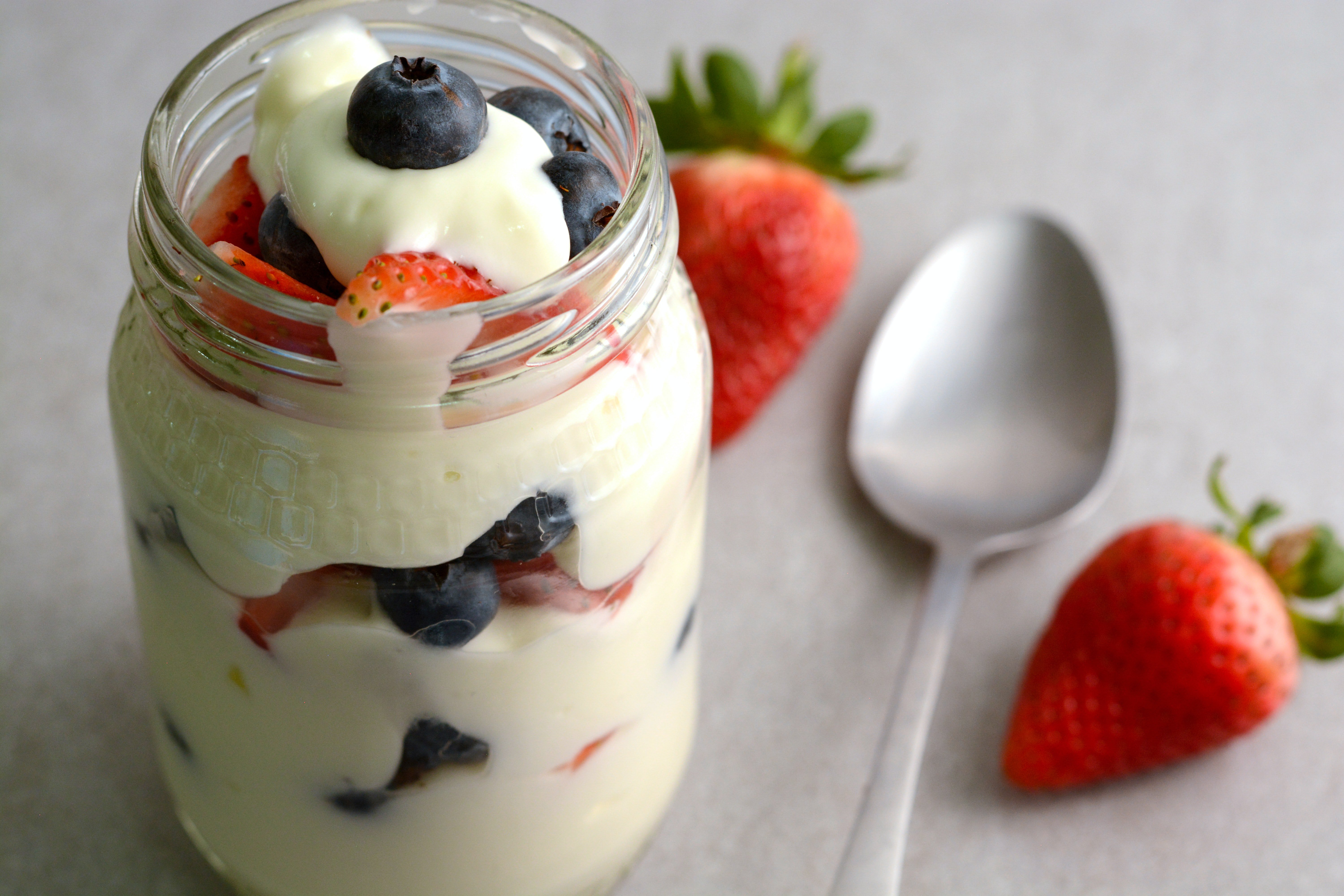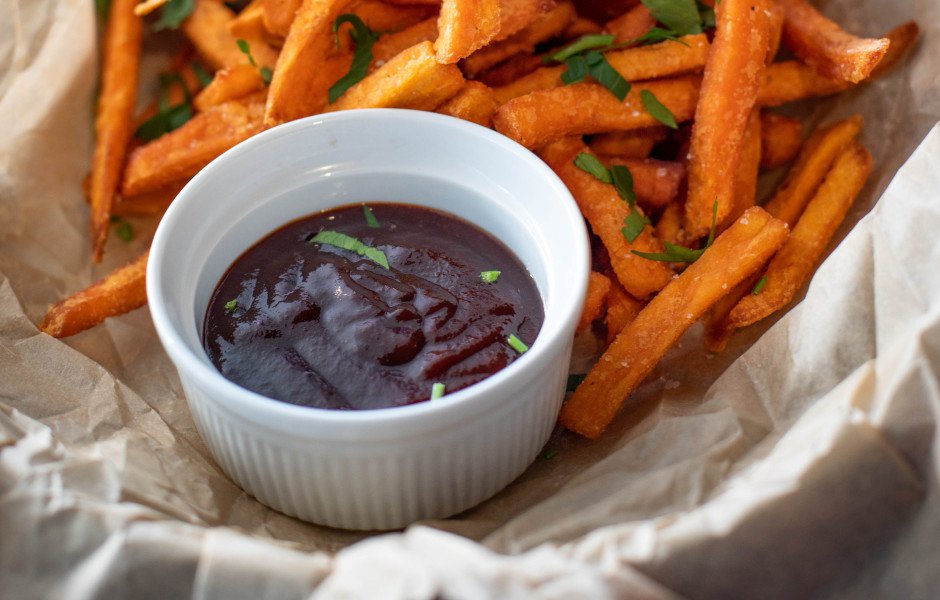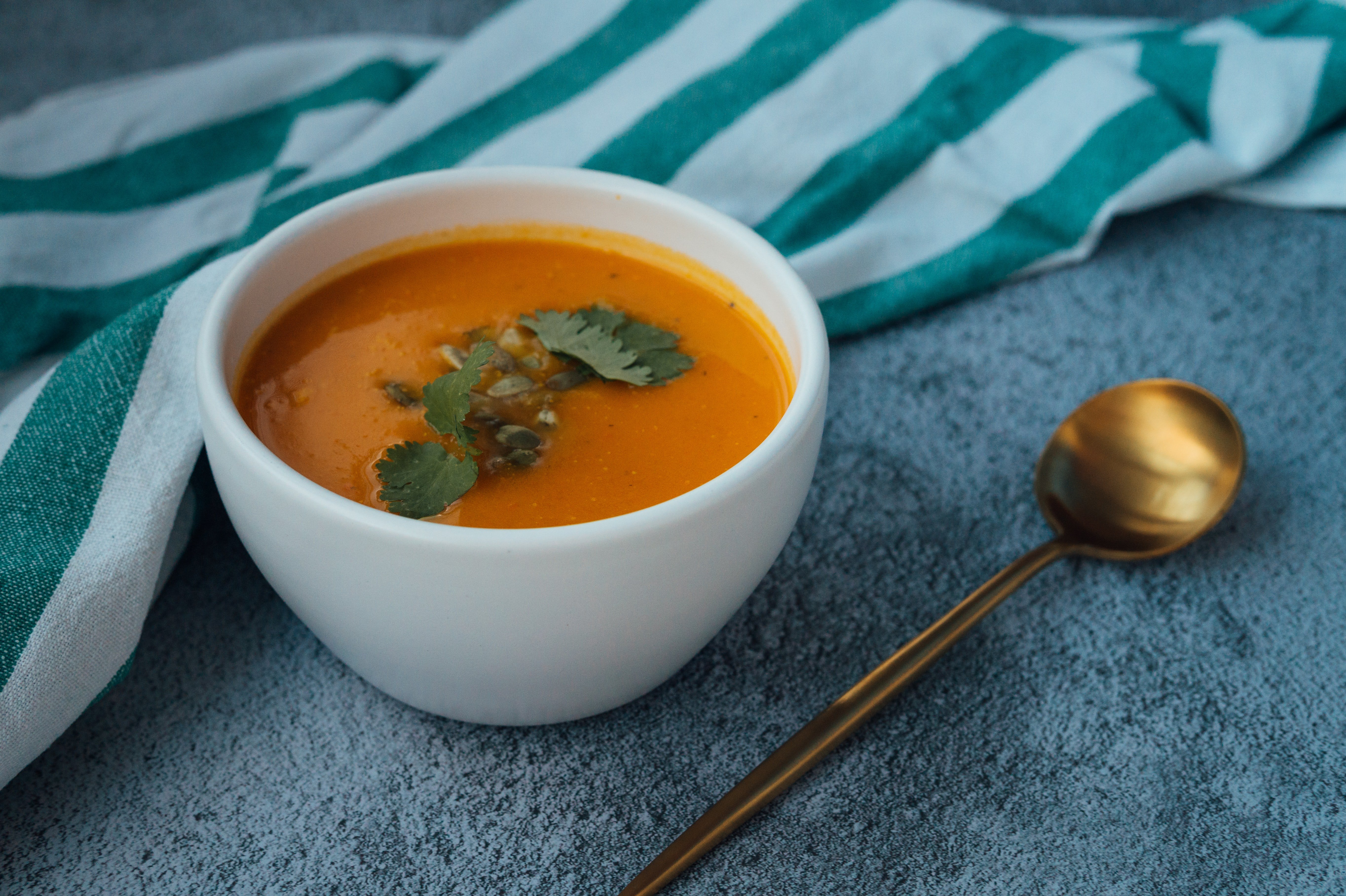
- Understanding the Basics of Viscosity
- How Viscosity Can Affect Product Integrity?
- What Affects Heat Exchanger Design?
- Types of Heat Exchangers for Your Process
- How Thermaline Helps Maintain Optimum Product Viscosity
- Join our Thermaline Webinars
As a food processor, you are responsible for delivering on the highest food and ingredient quality of your products, and product viscosity plays a key role in that. Let’s take a step back, and look at the property of viscosity, and how it shapes the processes we work in.
In this post, we’ll cover some of the many ways viscosity affects heat transfer, heat exchanger design, and process design.
While the process itself requires a deep understanding of food science, sanitation science, process science and regulatory science, we’re happy to help explain it further starting with the basics of viscosity.
Understanding the Basics of Viscosity
Viscosity is defined as a state of “being thick, sticky and semifluid in consistency, due to internal friction.” When you think of viscosity as related to a food product, syrup is a good example. It's essentially a fluid’s natural response to resist flow or external forces.
Further explanation about viscosity reveals that, “...when a fluid is forced through a tube, it flows more quickly near the tube's axis than near its walls. In such a case, experiments show that some stress (such as a pressure difference between the two ends of the tube) is needed to sustain the flow through the tube.”
This phenomena is why most fluids experience a decrease in viscosity when heating up and an increase in viscosity when cooling down. As a fluid heats up, it has more internal energy which allows the fluid layers to slip past each other more easily, thus lowering the viscosity.
How Viscosity Can Affect Product Integrity?

Viscosity can affect product integrity in a few ways, including texture, aroma, and taste. Imagine if a BBQ sauce or yogurt were thin, light or runny. None of these scenarios would be desirable from a product quality perspective. Too high of viscosity leads to processing difficulties, quality control failure, and poor mouth feel or bite.
Viscosity is a function of temperature and shear rate. Meaning, temperature affects the behaviors of food products.
As we examine the rheological behaviors of food products, we look at shear thinning and shear thickening. Common examples of shear thinning products include milk, soup, vegetable and fruit purees, ketchup, BBQ sauce, corn syrup, cosmetics, shaving gels and more. These fluids undergo viscosity decreases under shear stress. A shear thickening example could be a mix of cornstarch and water, which will thicken when a force is applied.

When we look at flow behavior, measurements matter a lot. Measuring viscosity with a rheometer will provide the most accurate measurement of viscosity. A rheometer will measure the viscosity of a product while modulating the force applied. This will provide the most accurate viscosity and shear rate data. A rheometer is required to numerically quantify a product's shear thinning behavior. Other devices in industry used to measure viscosity are a Consistometer or Viscometer. These devices are helpful from a quality control perspective but provide little benefit to heat exchanger and process design.
When do we test products? We always test new-to-market products, BBQ sauce, cheese sauces and other viscous sauces, and high-viscosity cooling applications. Our Thermaline in-house rheometer allows us to accurately test viscosity, and we also test for density, specific heat and thermal conductivity. Product testing provides both the most competitive quote and increases customer confidence.
What Affects Heat Exchanger Design?
Good rheology allows for heat exchanger optimization through accurate heat transfer and pressure drop modeling. Heat exchanger design is a function of process product, viscosity, pressure drop and velocity. Both process conditions and system requirements have significant impact on heat exchanger design.
Thermaline offers a wide range of tubular and plate heat exchangers and our experienced engineering team will guide you in selecting the right equipment for your process maximizing efficiency, run times and throughput. Heat Exchangers are designed for maximum uptime, and maintenance programs to support it.
Types of Heat Exchangers for Your Process
Heat exchanger designs can involve plate heat exchangers or tubular heat exchangers. Matching the right heat exchanger to product or process is key.
In the case of plate heat exchangers, they offer high energy efficiency, short flow length, high control of product velocity, a small footprint and lower initial cost. Cons to plate heat exchangers involve that they cannot process large particulates, have limited operating pressures, can require more maintenance than a tube and a cleanability stigma(Difficult to Clean In Place “CIP”). Our Thermaline Smart Identification System (SIS Tab) allows users to inspect plate pack streaming and configuration visually without disassembly of the heat exchanger.
Our tubular heat exchanger design consists of corrugated double, triple, and multi-tube heat exchangers. There are certain pros to tubular heat exchangers including: high-operating pressures, can process large particulates, low maintenance, corrugation, and no expansion bellows. On the cons side, there is generally a higher process pressure drop, higher initial cost, and a large footprint.
Thermaline floating tubular heat exchangers utilize corrugation to increase heat transfer efficiency. Corrugations induce turbulence to promote mixing of the product, which increases heat transfer rates.
Thermaline's engineering team’s knowledge is critical in designing a heat exchanger to meet your exacting requirements, with maximum efficiency, total CIP cleanability, and the ability to handle the broad rheological spectrum of food processing products.
How Thermaline Helps Maintain Optimum Product Viscosity

There’s a lot going on behind the scenes whether we’re talking about safe processing, packaging, and delivering quality products, as it relates to viscosity testing. Safely processing and packaging food products takes ingenuity, a deep understanding of scientific processes, and the ability to navigate a stringent regulatory environment. Often, consumers are not aware of the scientific processes at play that affect the very quality of the food products they consume.
As we like to point out, what all food processors have in common is actually that they have nothing in common at all–as no two processes or products are alike. But, we love to work with you from concept to consumer delivery, to better understand your goals, challenges and deliver results.
Our food processing and beverage products are custom built. We can handle any project you’re working on, with a range of shell and tube, plate, tubular heat exchangers, and more.
Because of our extensive history working across any process imaginable, we can provide quick builds and delivery. We’re certified by 3-A and ASME, and we build our products to meet stringent consumer safety standards and energy consciousness.
Join our Thermaline Webinars
Have more questions for us? Join our ongoing monthly webinar series, created especially for applications, design and process engineers. Sales representatives and distributors of technical and non-technical backgrounds are also welcome to our virtual learning sessions.
While we can’t make it to your location at this time to shake hands and do a lunch and learn, we’re leveraging webinars to reach all of you, nationwide, to feed you with informative content and pique your interest with some of our most recent work and engineering solutions. Sign up for our newsletter to be notified about upcoming webinars, and to learn more about different processes, products and best practices.
Stuart Benson is an Applications Engineer at Thermaline, who works with Engineering Design Firms, Processing Plants and Startups to deliver custom, economical and energy efficient heat exchanger designs. Graduating from Eastern Washington University with a specialty in heat transfer and fluid mechanics, Stuart understands the heat transfer mechanisms that lead to an efficient heat exchanger while maintaining the highest level of product integrity. How well we understand your process is shown through our custom heat exchangers, designed to meet your process needs with unrivaled build quality and delivery speed.

